Once beset by industrial pollution, Rouge River on a slow path to recovery
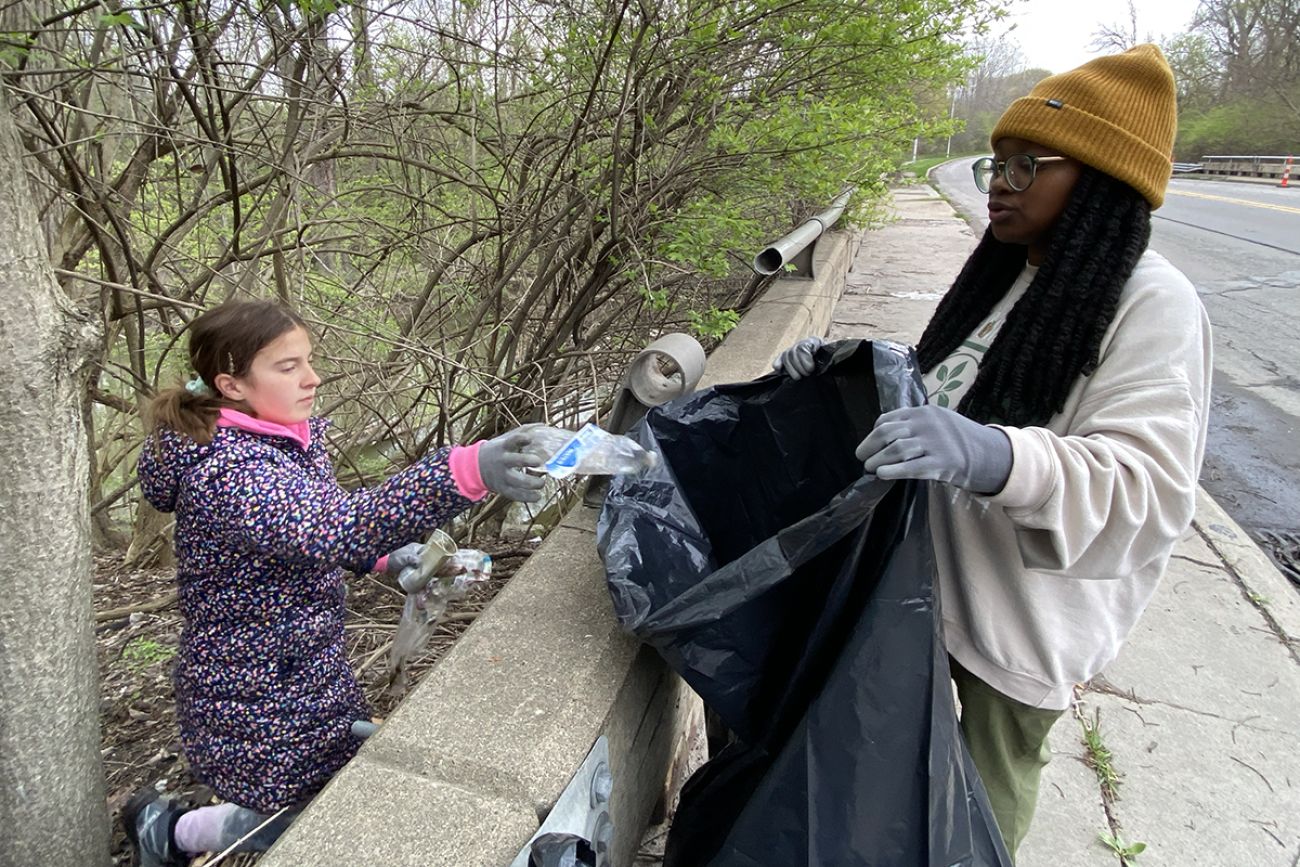
- Michigan’s Rouge River was once so polluted, it lit on fire
- The Clean Water Act ended the days of flagrant industrial dumping, leaving the river cleaner
- Yet decades later, the river’s recovery is incomplete, and new challenges threaten its future
DETROIT — Along a busy street cutting through Detroit’s largest park, dozens of volunteers spent a recent morning on small acts of care for one of Michigan’s most polluted rivers.
They walked the Rouge River’s banks, plucking bottles and candy wrappers from the ground. They hacked away at invasive plants that threaten the floodplain forest. They took home trees to plant, restoring nature to a watershed marked by heavy industry.
Refresh
This story is part of a Great Lakes News Collaborative series investigating the region’s water pollution challenges. Called Refresh, the series explores the Clean Water Act’s shortcomings in the Great Lakes, and how the region can more completely address water pollution in the next 50 years.
The collaborative’s four newsrooms — Bridge Michigan, Circle of Blue, Great Lakes Now and Michigan Radio — are funded by the Charles Stewart Mott Foundation.
“This is a really loved area,” said 23-year-old Holly Shuffett as she clutched a black plastic bag of litter. “It just needs a little bit more love.”
Related:
- For Ann Arbor water managers, ongoing battle to keep toxic chemicals at bay
- Road salt, a stealthy pollutant, is damaging Michigan waters
The sheer existence of this Earth Day cleanup event is a testament to how far the Rouge has come since the days when its waters were so given over to industry, they lit on fire. Back then — in October 1969 — all it took was a mishap with a construction torch to send the oily, debris-choked water up in flames.
“The perception during that time was that the Rouge was a working river that supported industry and commerce,” said John Hartig, a longtime river advocate who grew up in Allen Park and wrote the book "Rouge River Revived."
“Pollution was just part of the cost of doing business.”
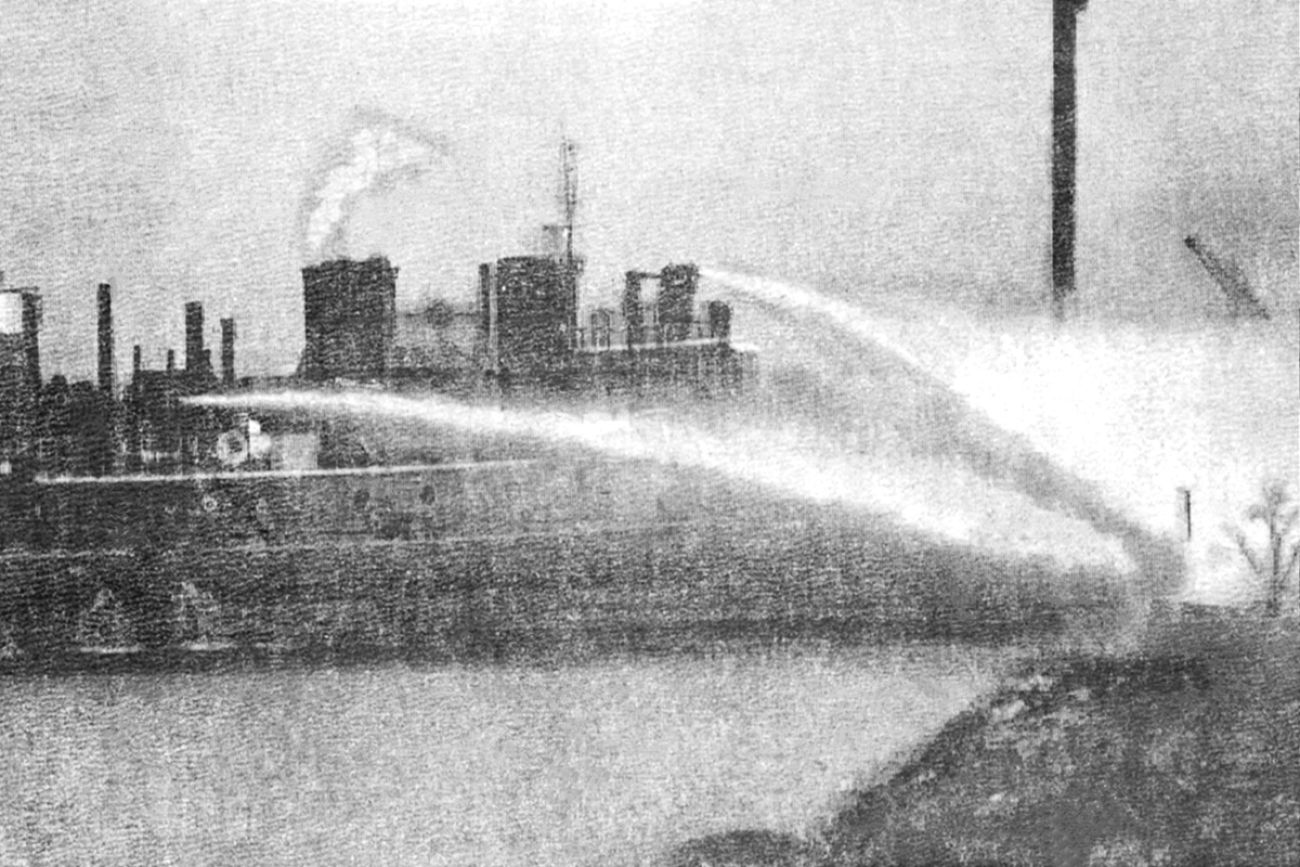
After decades of wanton industrial pollution in the Great Lakes region’s working rivers, outrage over the Rouge River blaze (and other fires in the Ohio’s Cuyahoga River and New York’s Buffalo River) fueled an environmental movement that resulted in the nation’s foundational environmental laws.
Chief among them, the 1972 passage of the Clean Water Act, which required industry to stop flagrantly dumping sewage and chemicals into America’s rivers.
More than 50 years later, the Rouge’s oily sheen and rotten-egg smell are gone, the water is clean enough for canoeing and kayaking, and fish have returned to areas once too polluted for their survival. But the river’s recovery remains a work in progress.
Mercury, oil and toxic chemicals linger on the riverbottom, tainting the flesh of fish. Dozens of sewer pipes spill raw sewage into the river during heavy rain, making it unsafe to swim. And upstream development and climate change undermine efforts to revive the river’s industrialized lower reaches.
“Sometimes it feels like you take one step forward and then a step-and-a-half back,” said Marie McCormick, executive director of the nonprofit Friends of the Rouge.
Farm fields to factories
Fed by tributaries in Oakland and Washtenaw Counties, the mainstem Rouge flows 30 miles south and east into Wayne County before pouring into the Detroit River.
Its waters trickle through farmlands and into the suburbs before arriving at a lower reach that has been straightened, dredged and encased in concrete to accommodate heavy industry and control flooding.
Four miles of this stretch is not a river at all, but a concrete channel dug by the U.S. Army Corps of Engineers in the 1960s and 70s to control flooding. As the Corps acknowledged in a 2011 document, it “also eliminated all riverine functions and habitat.”
The Rouge then passes Ford Motor Company’s sprawling River Rouge complex, where F-150 trucks are made. It enters the Detroit River at Zug Island, a privately-owned industrial zone where tall coal piles, smokestacks and burning gas flares tower over the city of River Rouge and Southwest Detroit.
Unburdened by environmental laws before the 1970s, industries lining the lower river spent nearly a century dumping waste into the river. Sally Petrella, a watershed ecologist at Friends of the Rouge and president of the Friends of Rouge Park, grew up knowing she shouldn’t touch the water.
“Of course, we played in the water as kids anyway,” she said. “But it was in really bad shape.”
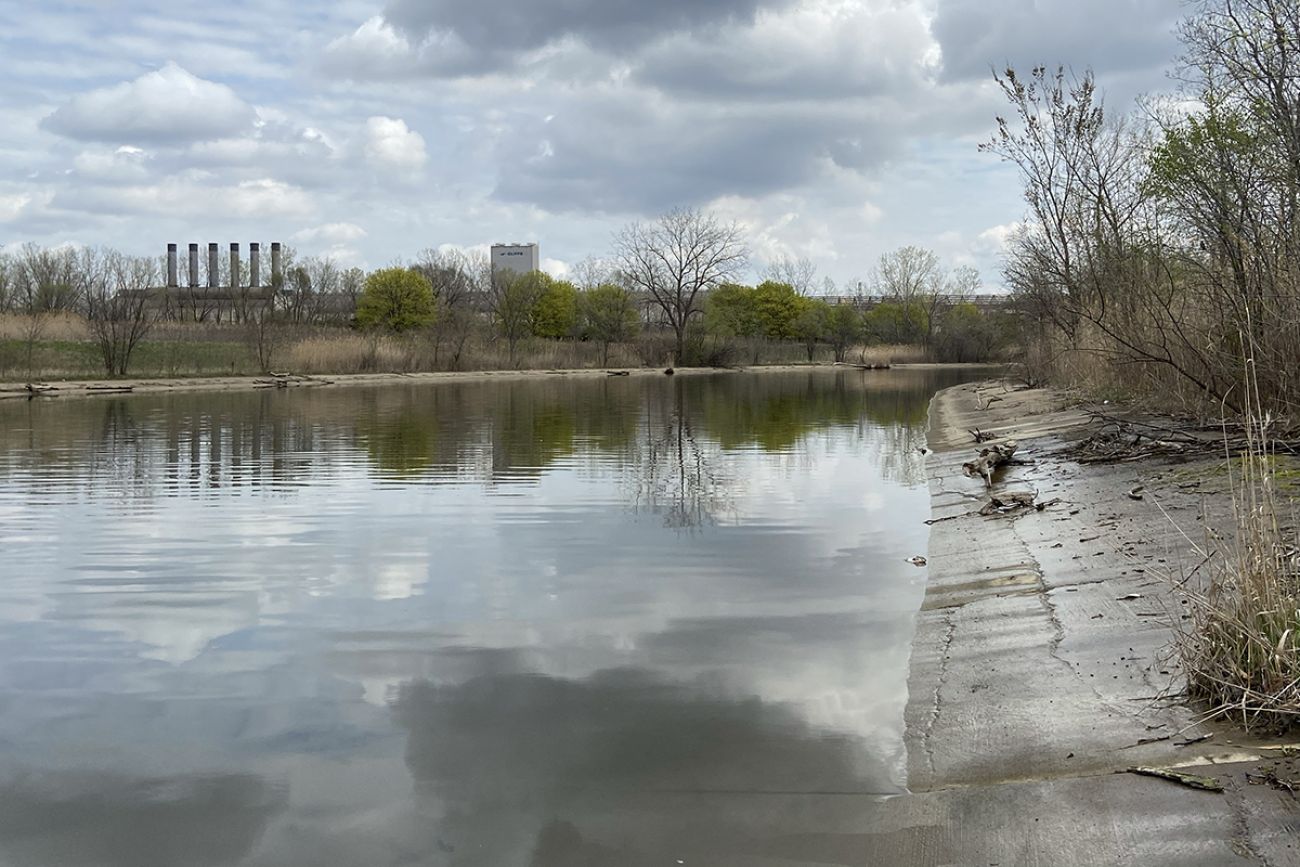
Today, river advocates like Petrella play a key role in the Rouge’s recovery, planting trees along its banks and working to restore habitat along reaches once relinquished entirely to industry. There are hopeful signs of recovery, Petrella said, from higher dissolved oxygen levels to more fish and even a recent return of beavers.
But the river remains unsafe for swimming, in part because of raw sewage that spills in during rainstorms, and contaminated sediment that lingers at the riverbottom from past industrial dumping.
While they work to address those issues, river advocates say they fear suburban development is degrading the river’s upper reaches just as the lower river is springing back to life.
A battle over development
As exurban communities near the Rouge’s headwaters seek jobs and tax revenue, they are targeting large tracts of vacant land for development.
That includes an effort in Plymouth and Northville townships to turn hundreds of acres that once contained farms and a prison into a horse-racing track and warehouses.
The land abuts Johnson Creek, the Rouge River’s only cold water tributary. River advocates are concerned that more rooftops and blacktop will create problems with erosion, sedimentation and pollution.
“Those are the healthiest parts of the river,” Petrella said. “And it's just really hard to see all of that land developed.”
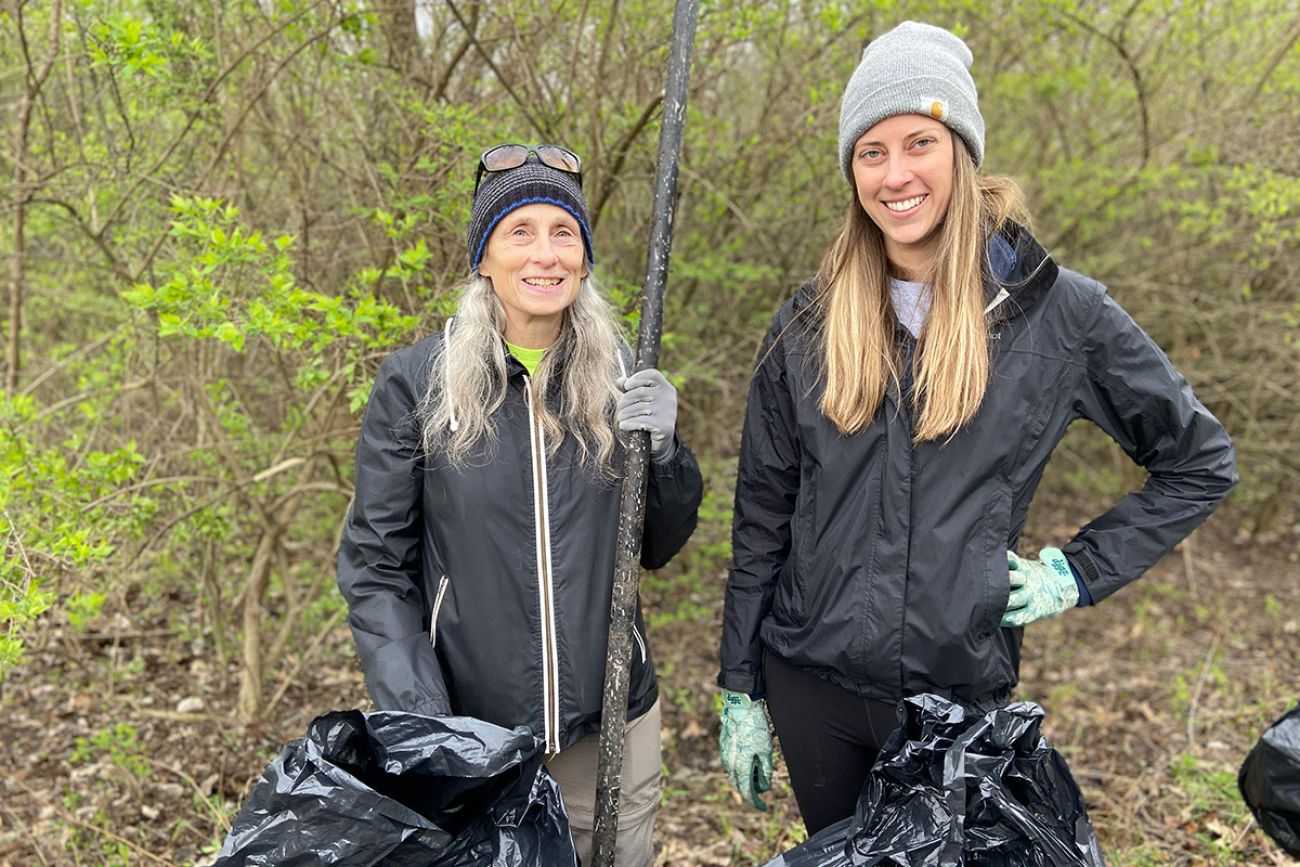
Local officials are interested in jobs and tax revenue. But they note that plans for the new development would leave hundreds of acres of wetlands untouched.
Plymouth Township Supervisor Kurt Heise, a proponent of the development plans, said he cares about the river, too. Heise formerly directed the Wayne County environment department, and spent years on the board of Friends of the Rouge.
But “development is going to happen,” Heise said. “And it happens according to the law.”
The development pressures come as Rouge River communities contend with periodic sewer overflows that contribute to the river’s dirty reputation. It’s an issue caused partially by existing development, which has replaced spongy soil with hard concrete that shunts water into undersized sewers.
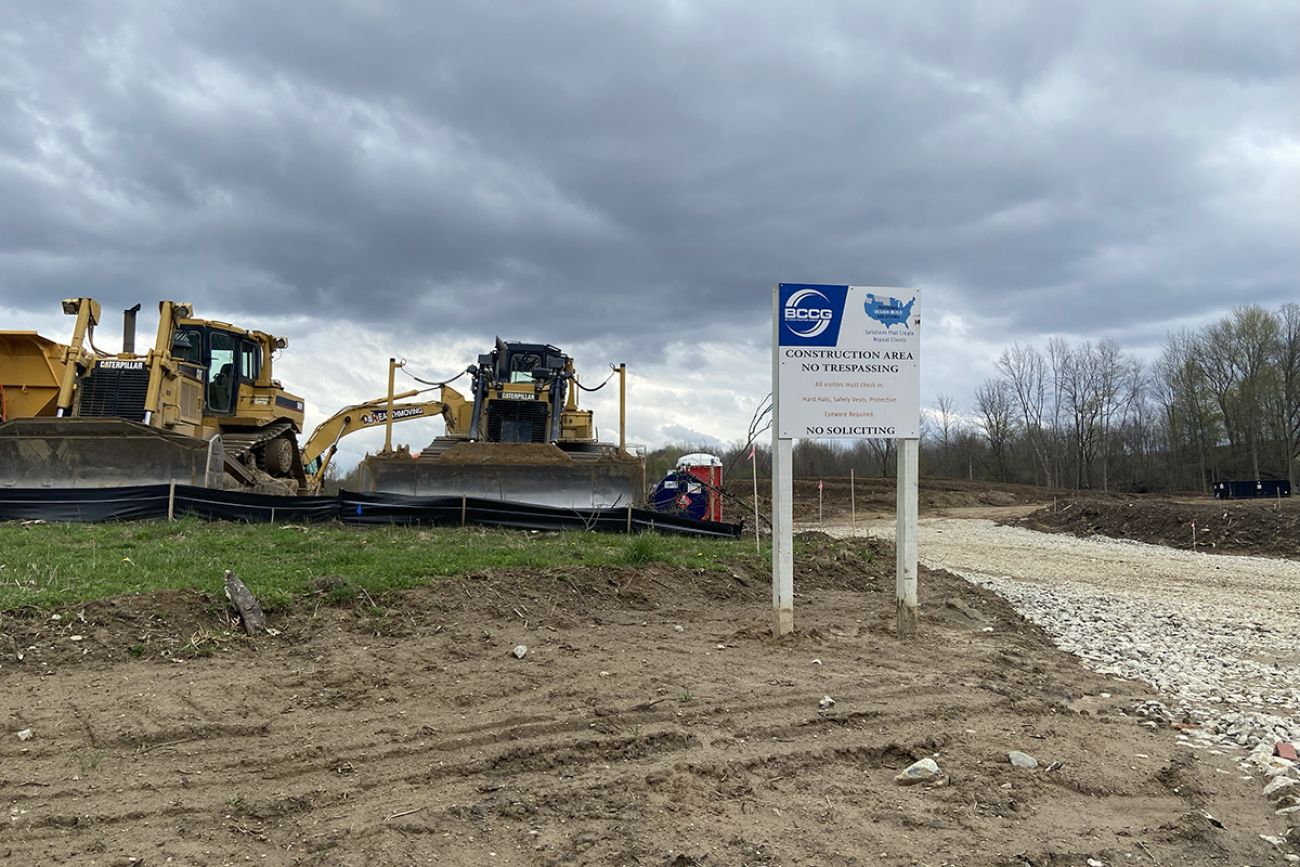
Though communities surrounding the Rouge have eliminated dozens of uncontrolled sewer outfall pipes in recent decades, 34 remain, said Phil Argiroff, assistant water resources director with the Michigan Department of Environment, Great Lakes and Energy (EGLE).
Efforts to eliminate those remaining sources of sewage in the Rouge are complicated by climate change, which is causing more heavy rainstorms that overwhelm sewers.
“We have a system that's designed to 20th century standards,” Argiroff said. “And we’ve got 21st century rain events that are happening.”
EGLE will soon unveil a proposal that would address that problem by requiring cities to build a “resiliency factor” into their water management projects, designing them to handle 10 percent more water.
New developments like those proposed in the Upper Rouge are held to a higher standard that mitigates their potential to pollute the river, Argiroff said. They’re not allowed to have sewers designed to spew waste into waterways during heavy rain. And they are required to limit their stormwater discharges.
“We're not going to allow the conditions that become worse in the Rouge River,” Argiroff said. “We're hopeful that over time, it'll be better.”
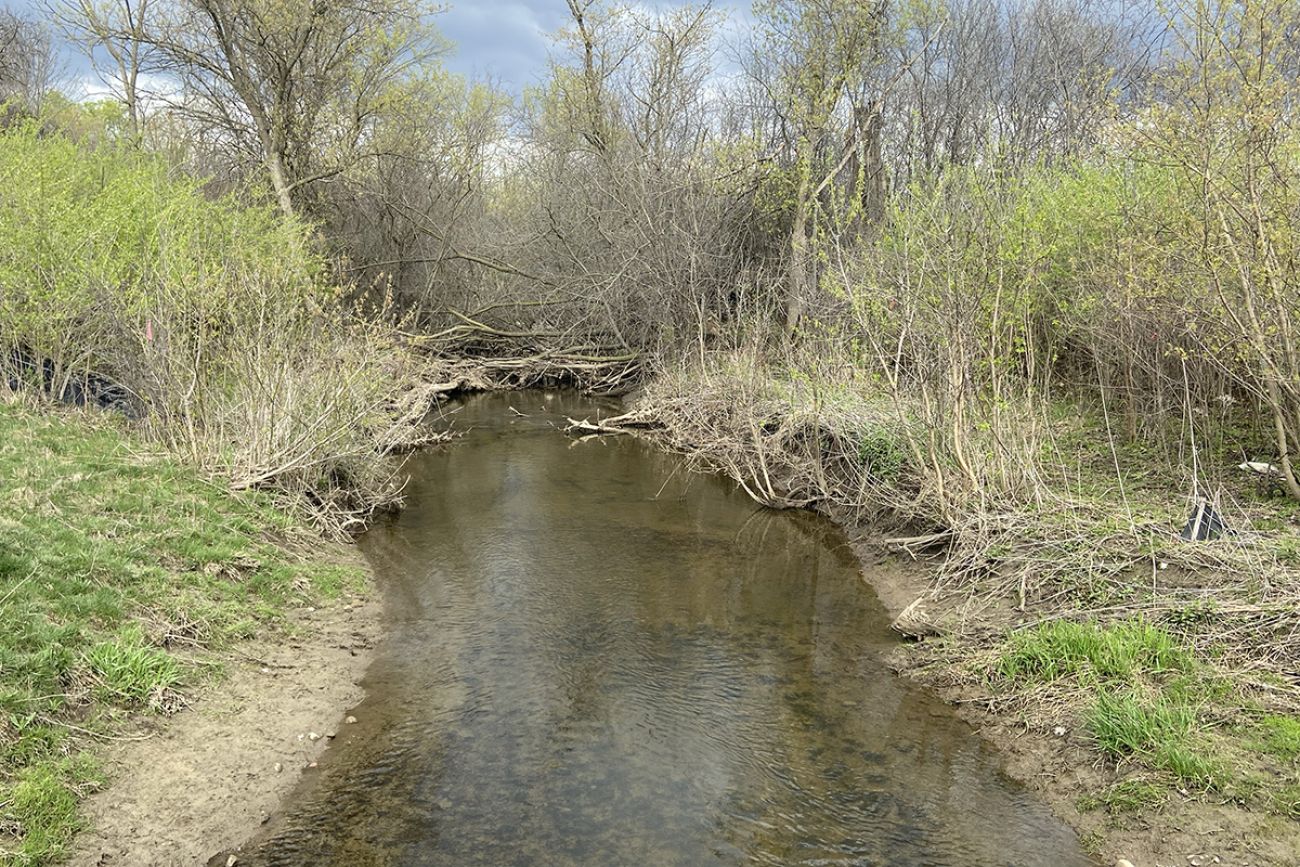
What to do with contaminated soil
Cleaning up the remnants of past pollution poses a bigger challenge.
Since 1987, the Rouge River has been listed as a federal “Area of Concern,” signifying the federal government’s commitment to cleaning up a riverbottom that’s teeming with heavy metals, polychlorinated biphenyls (PCBs), polycyclic aromatic hydrocarbons (PAHs), mercury and petroleum products.
A dizzying list of government advisories warn anglers the fish are tainted with industrial waste, particularly in the lower few miles where industry is concentrated around River Rouge and Southwest Detroit.
It’s a concern for local environmental justice advocates, who say pollution of this magnitude would never be tolerated in wealthier, whiter watersheds.
“It’s obvious that industry controls that area, and controls much of the river,” said Raquel Garcia, executive director of the nonprofit Southwest Detroit Environmental Vision. She called the affected communities “clear sacrifice zones.”
Yet more than three decades since the Rouge became an Area of Concern, said Scott Cieniawski, a supervisor in the Environmental Protection Agency’s Great Lakes National Program Office, “there have not been any significant remediation projects that have been implemented on the Rouge River.”
A billion-dollar funding boost for Great Lakes restoration efforts in the $1.2 trillion federal infrastructure package means that long-awaited cleanups could soon begin.
But those federal dollars typically require outside partners to cover 35 percent of project costs, making progress dependent upon whether industry, philanthropists or state and local governments are willing to split the cleanup bill.
So far, one corporation along the Rouge has agreed to help. Honeywell is covering part of the cost to dredge or cap some 80,000 cubic yards of sediment (the equivalent of 260 boxcars) in the Rouge’s old channel, which arcs around Zug Island.
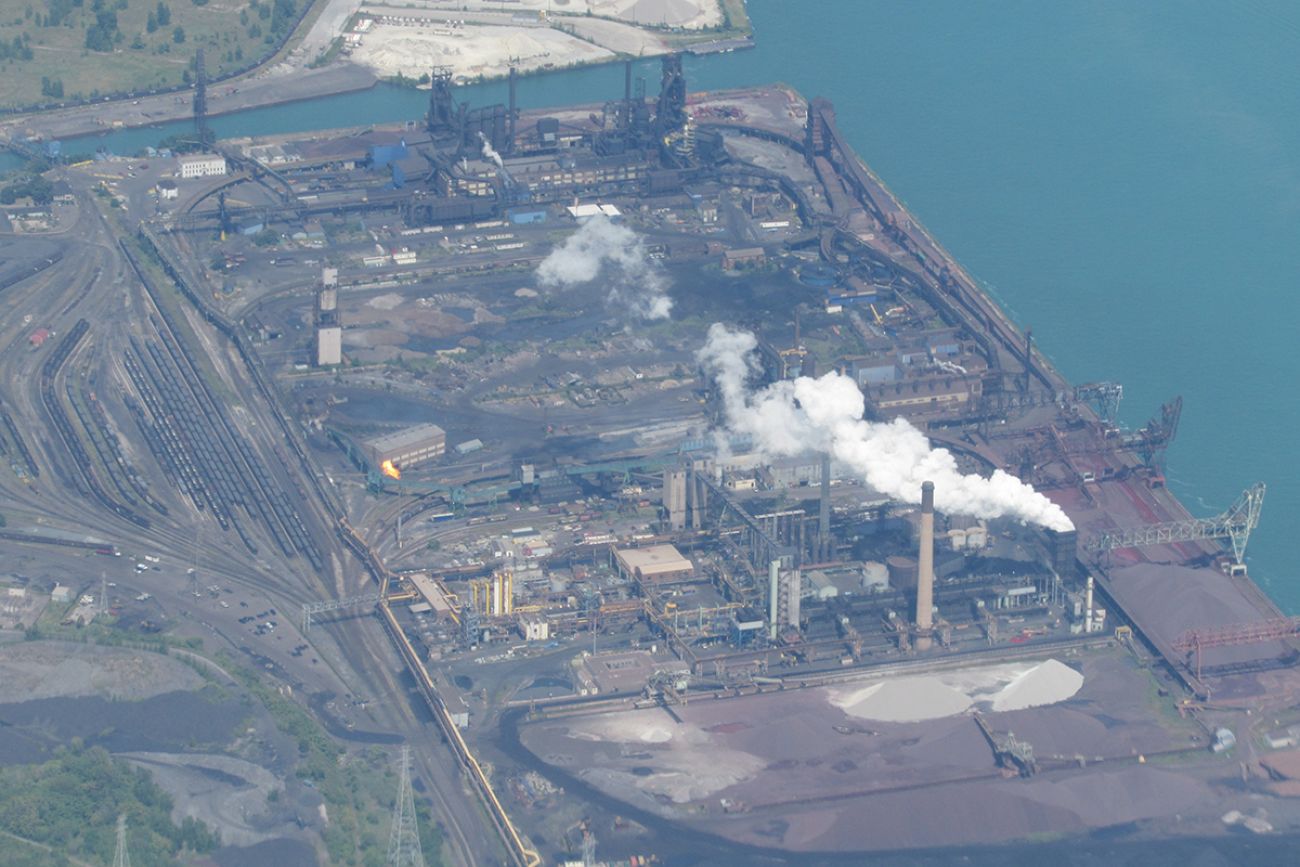
But hundreds of thousands of cubic yards of polluted sediment remain in the river.
An industry group made up of Ford, DTE Energy and Marathon Petroleum (all longstanding industrial tenants on the Rouge) has agreed to split the cost to study cleanup options. It’s not yet clear how much of the eventual cleanup effort those companies might cover. Cieniawski said the bill could rise well above $100 million.
If they can find funding for that project, EPA officials say the Rouge could be clean enough by 2030 to qualify for removal from the Areas of Concern list.
But freeing the river from its concrete channel may not be possible. Communities have developed around the channel in the four-plus decades since it was constructed. Removing it now would pose an unacceptable flood risk.
“Obviously, it’s not an ideal habitat for fish,” said Sara Thomas, a regional manager for the Michigan Department of Natural Resources fisheries division.
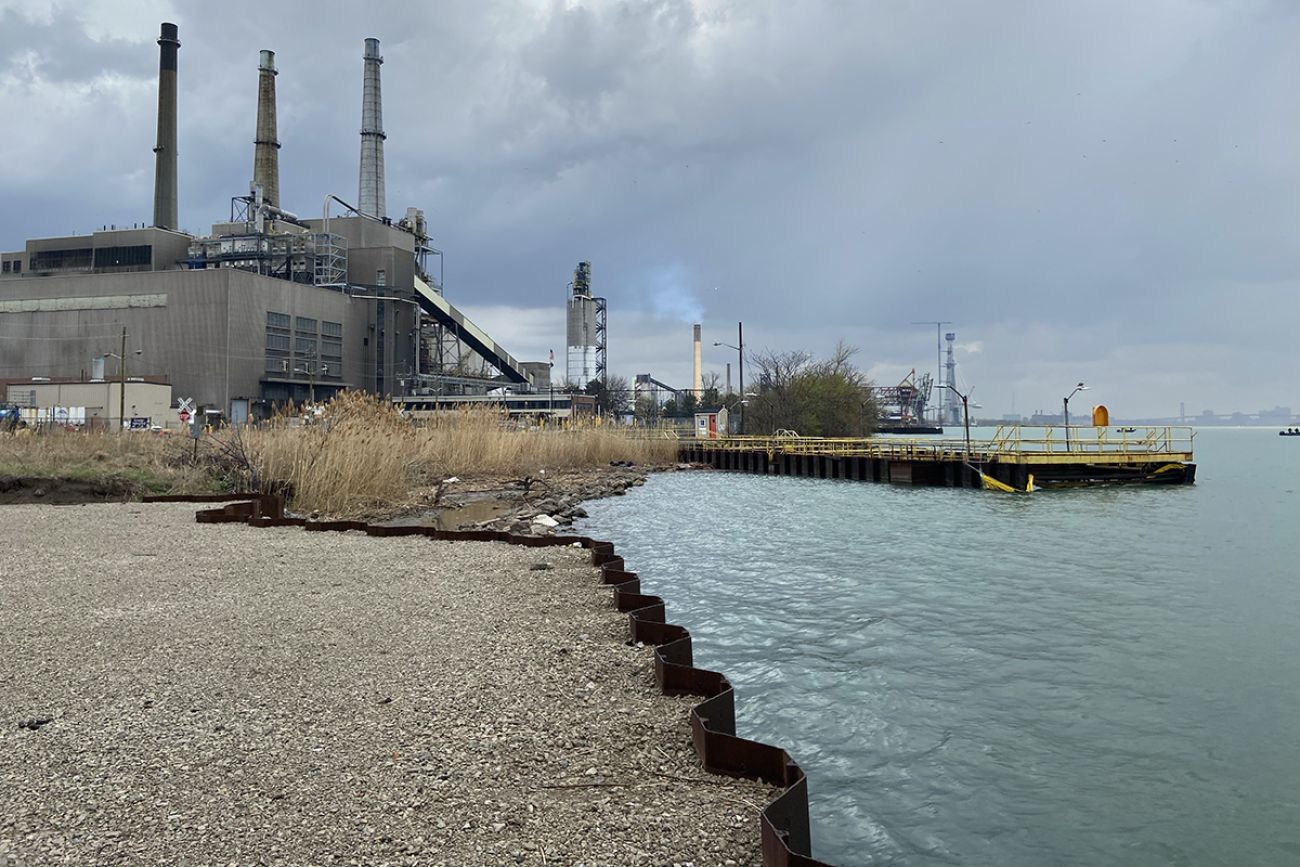
Conversations now center on opening up small side channels to give fish a resting place on their journey toward better upstream habitat.
River advocates are also pushing to make the river more accessible to residents. They are developing 27 miles of the Rouge into a water trail — an official designation reserved for waterways that meet certain criteria, including plenty of places to launch a canoe or kayak.
With some industries on Zug Island and the mainland shoreline shutting down or downsizing operations, Petrella said she sees potential for new public access.
“It’ll always be a working river,” Petrella said. But as cleanup progresses, she believes its urban landscape will be a draw for adventure-seekers interested in Michigan’s industrial history.
“People need to get to know it, to love it, to want to take care of it, to want to support the cleanup,” she said. “Hopefully one day we’ll be swimming in it, but that’s going to take even longer.”
Michigan Environment Watch
Michigan Environment Watch examines how public policy, industry, and other factors interact with the state’s trove of natural resources.
- See full coverage
- Subscribe
- Share tips and questions with Bridge environment reporter Kelly House
Michigan Environment Watch is made possible by generous financial support from:
Our generous Environment Watch underwriters encourage Bridge Michigan readers to also support civic journalism by becoming Bridge members. Please consider joining today.
See what new members are saying about why they donated to Bridge Michigan:
- “In order for this information to be accurate and unbiased it must be underwritten by its readers, not by special interests.” - Larry S.
- “Not many other media sources report on the topics Bridge does.” - Susan B.
- “Your journalism is outstanding and rare these days.” - Mark S.
If you want to ensure the future of nonpartisan, nonprofit Michigan journalism, please become a member today. You, too, will be asked why you donated and maybe we'll feature your quote next time!






